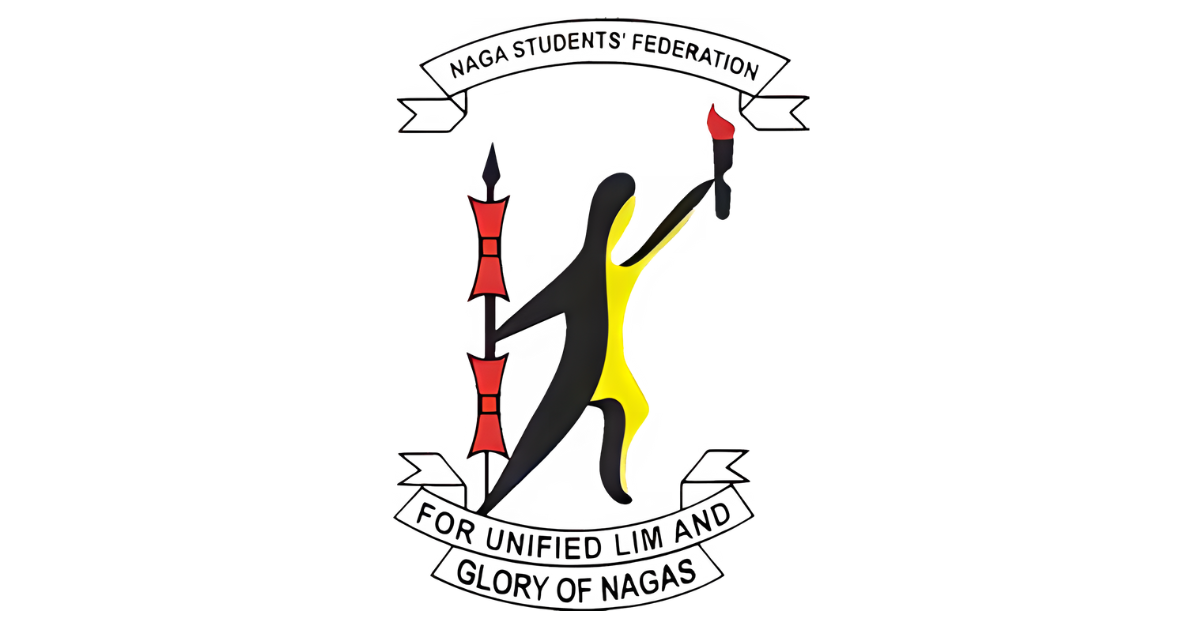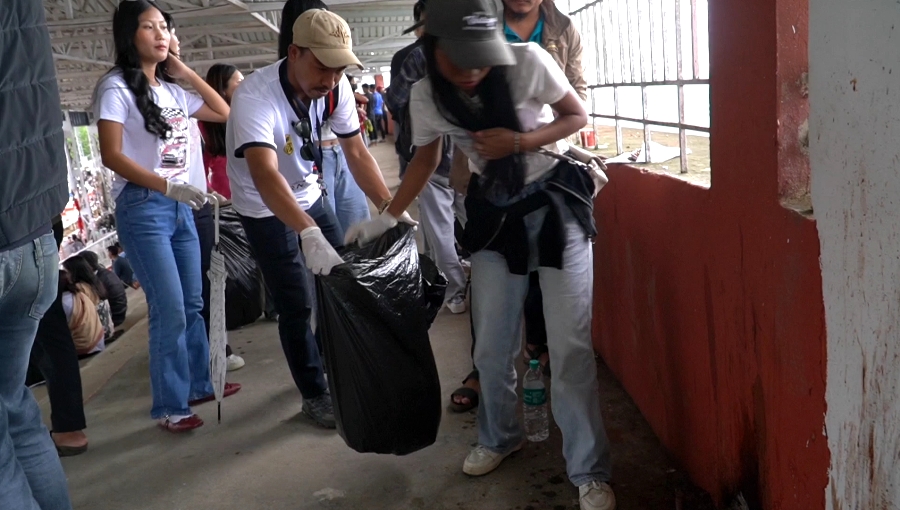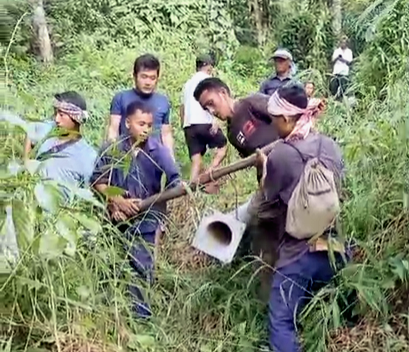WC-NNPGs draws a hard line against a joint accord with NSCN-IM, declaring it will stand by the 2017 “Agreed Position” while rejecting talk of any shared settlement under a “common draft.”
WC-NNPGs said it has never sought to be part of any agreement involving NSCN-IM and dismissed speculation about a joint or “common” accord, framing the draft instead as a Government of India effort for an inclusive solution that it would consider only if the 2017 “Agreed Position” remains untouched.
The statement followed NSCN-IM’s 10th anniversary remarks on the 2015 Framework Agreement, which called cooperation with WC-NNPGs “dangerous” and described the two documents as “poles apart,” ruling out collaboration. NSCN-IM has also criticized the “Agreed Position” as a coloration of Article 371A and insisted it cannot be compared with the Framework Agreement.
Also Read: Xabi Alonso calls up 17-year-old prodigy as midfield injuries mount
‘Agreed Position’ vs Framework Agreement
According to WC-NNPGs, the November 17, 2017 “Agreed Position” offers a clear roadmap aligned with Naga aspirations and current realities, built through wide consultations with stakeholders across Naga areas.
contrast, it characterized the Framework Agreement as an undisclosed, exclusionary document negotiated by a select few and unable to withstand public scrutiny, asserting the FA’s contents remain withheld from the wider Naga community.
The committee reiterated it would not accept any arrangement that dilutes the 2017 pact’s core assurances recognized by the Government of India, emphasizing that any convergence must protect the heart of the “Agreed Position”.
Allegations over flag, constitution, and resources
WC-NNPGs accused NSCN-IM of using the push for a separate flag and constitution as an “emotional tool” to consolidate control over territory and resources, rather than to reach an acceptable solution.
It specifically alleged plans linked to the Intangki Reserve Forest and a township administered by senior Tangkhul leaders, adding that the Government of India has communicated the forest cannot be transferred “under the shadow of Pan Naga Hoho”.
The committee further argued NSCN-IM’s approach is aimed at leverage across Nagaland, Manipur, and Assam corridors, rather than a settlement rooted in broad-based Naga consultations.
Also Read: Risky repairs underway as Mon-Longleng-Tuli endure prolonged power outage
Rising friction after NSCN-IM’s anniversary message
Tensions sharpened after NSCN-IM marked 10 years of the Framework Agreement on August 3, calling cooperation with WC-NNPGs “dangerous” and affirming the FA as India’s recognition of Naga sovereign rights. NSCN-IM also urged the Prime Minister to uphold the FA’s commitments, while dismissing the “Agreed Position” as incompatible with the FA’s core meaning and political intent.
Against this backdrop, WC-NNPGs restated it would not join any accord with NSCN-IM and reaffirmed the primacy of the 2017 “Agreed Position” in any final settlement with the Centre.




